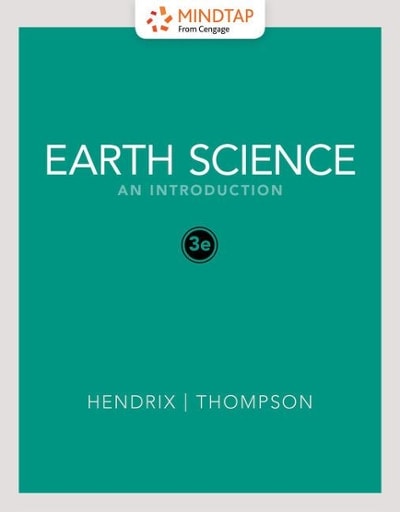Answered step by step
Verified Expert Solution
Question
1 Approved Answer
Determining the Electrostatic Charge using the Distance of the Ball to the Rod 30000 Auto Fit for: VideoAnalysis | (E_rod)x (E_rod)x = A/(r*sqrt(r^2+(L/2)^2)) A: 2095



Step by Step Solution
There are 3 Steps involved in it
Step: 1

Get Instant Access to Expert-Tailored Solutions
See step-by-step solutions with expert insights and AI powered tools for academic success
Step: 2

Step: 3

Ace Your Homework with AI
Get the answers you need in no time with our AI-driven, step-by-step assistance
Get Started


